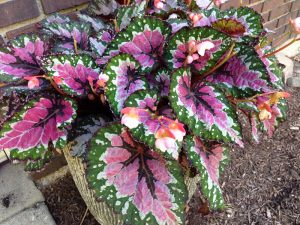Many houseplants thrive during the long, bright summer days, especially when properly moved outdoors. But these plants may have some trouble adjusting back to indoor conditions when colder weather strikes.
Many of our common indoor plants are native to the tropical or subtropical climates and cannot tolerate cold temperatures. Houseplants should be brought back inside before the outdoor temperature drops to 55 F. If days are warm but night temperatures are cold, you might consider bringing the plants indoors for the night and putting them back out in the morning.
Many plants will drop leaves in response to the lower light conditions inside most homes. Gradually exposing the plants to lower light intensity before permanently moving them indoors should help lessen the shock. However, some leaf drop is unavoidable.
Plants will likely slow down their growth considerably, so less water and fertilizer will be needed. The best moisture meter is your finger. For most plants, you should allow the soil to dry slightly between waterings. Reduce your fertilizer applications or discontinue them if plants seem to be in a resting period.
Be sure to inspect your plants closely for signs or symptoms of insect attack. Insect pests such as white flies and aphids can be prolific outdoors and may further increase their population once they are brought indoors. And, these pests may spread to other plants very quickly.
Often a sharp spray from the garden hose will remove insect pests from houseplant foliage. Insecticidal soaps also work well, particularly on soft-bodied insects such as aphids. Several treatments may be necessary to be sure that the pests are gone. Start checking your plants now, so that control measures will have time to work before you bring the plants indoors.
